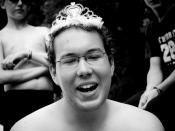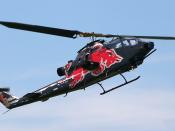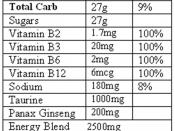Discussion Questions for Dr. Pepper Snapple Group
1. How would you characterize the energy beverage category, competitors, channels, and DPSG's category participation in late 2007?
In late 2007 the energy beverage category was reaching market maturity and projected to have a slower annual growth rate from 2007 to 2011 (10.5%) than it had between 2001 and 2006 (42.5%). Rising prices, packaging competition, and the introduction of hybrid energy beverages also added to the slower projected growth rate. However in 2007 the market still saw growth of 32%.
The category is dominated by 5 major brands (94% of dollar sales), with Red Bull far above the pack with a 43% dollar sales market share. The other 4 are in close competitions with dollar sales market shares from 10-16%. Though Red Bull continues to grow, so does the competition. New, aggressive competition into the market and brands offering lower prices has brought Red Bull's market share down from 82% in 2000 to 43% in 2007.
This 43% of dollar sales is maintained with only a 30% share of unit case volume. Because of loyalty to Red Bull, consumers pay a premium price for its products. Red Bull's 8.5 oz. cans sell for the same price (approx. $2.00) as many competitors' 16 oz. cans and their 16 oz. can sells for around $3.50. This loyalty puts Red Bull far above other brands and leaves them to compete with each other on price and packaging. Pepsi and Rockstar are not projected to have any significant media expenditures in 2007, but Red Bull and Hansen Natural Corporation are projected to increase their media expenditures to $60.9 Million (from $39.6M) and $153,800 (from $61,100) respectively. Once again, it is clear to see the major difference between Red Bull and the rest of the group. Coca-Cola (Full-Throttle,


